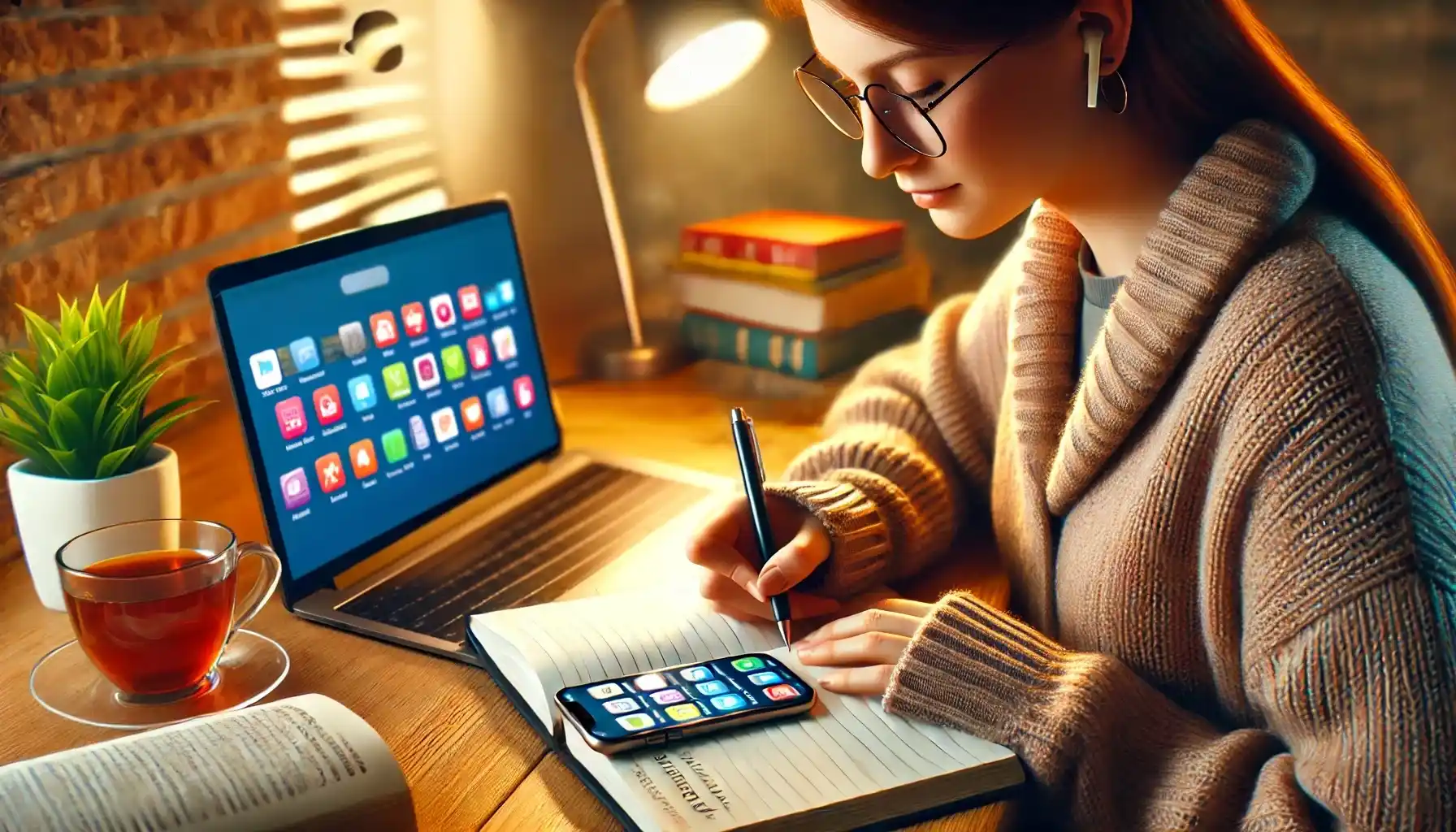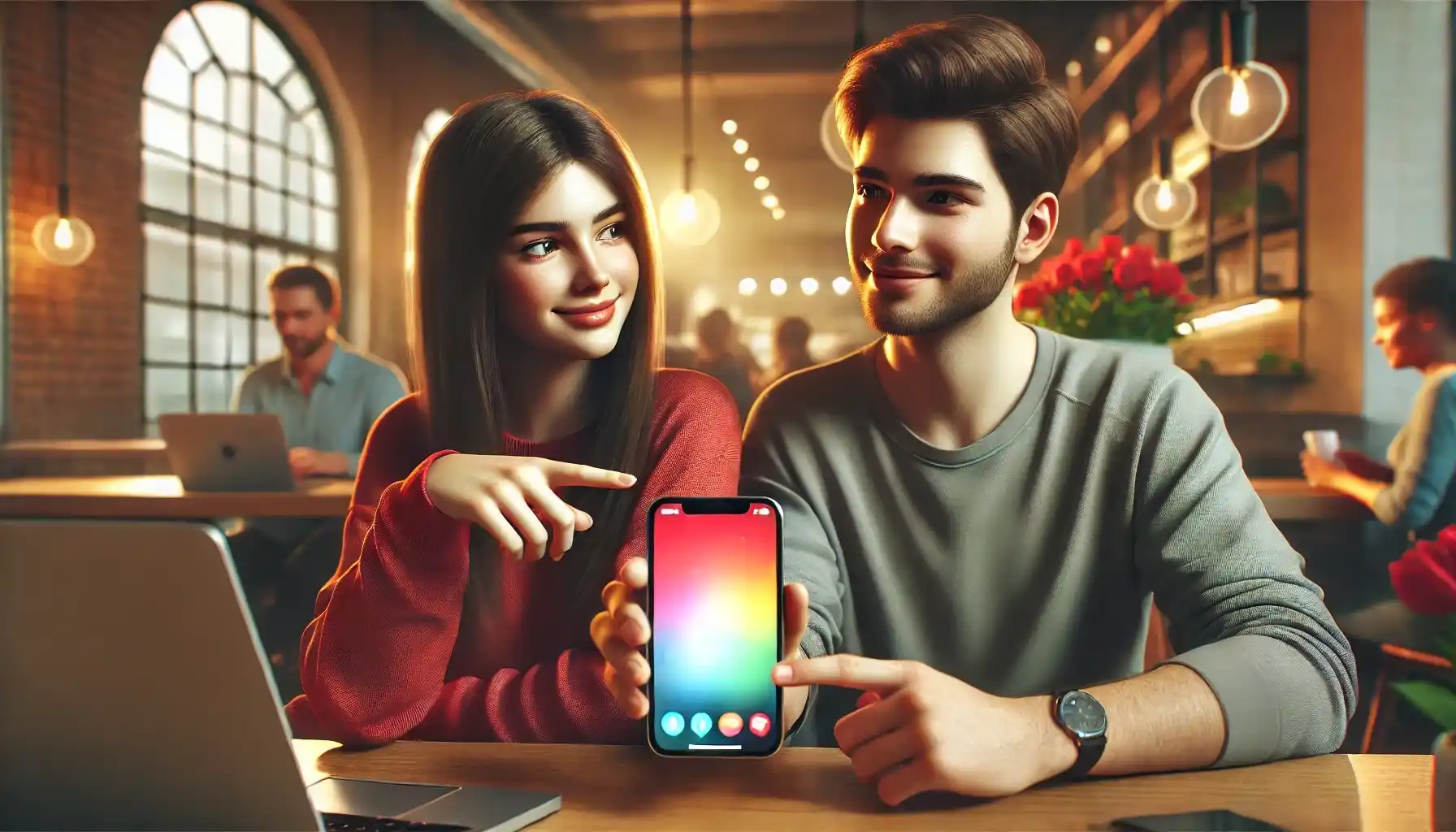In a world where technology infuses every detail of everyday life – from paying the bus fare to communicating with loved ones – being able to talk about gadgets and apps in English is becoming as important as knowing the vocabulary for the weather or food. We download, update, sync, uninstall – and we can (and should) be able to express all of this in English.
Today, even things that once seemed unbelievable are now the norm. For example, we can easily track phone numbers to keep an eye on the location of children, parents or friends – as part of everyday life. We use apps like Number Tracker to stay in touch, plan, learn and even share interesting routes and places. All this is the perfect excuse to expand your vocabulary and learn how to describe your digital life in English.So, now we are here to give you step-by-step instructions on how to describe technology, talk about your favorite apps, solve device problems, and communicate about modern habits- and all this in English.
How to Describe Technology in English
Before jumping into app names or troubleshooting issues, you need to learn the basics. English uses specific vocabulary to describe technology: words like “gadget”, “device”, “feature”, “battery”, “screen”, and “settings” are used daily across conversations, help desks, and even casual chats.
For example:
- “I love this new gadget, it tracks my sleep and steps.”
- “My phone battery dies so fast – especially when I use navigation apps.”
These words are not limited to phones, so you may hear them when talking about tablets, smartwatches, laptops, or even TVs. So, you can start with? Just practice describing your own device in English. Try to answer: What do you use it for? What features do you like or vice versa? Due to this simple exercise you may build fluency and make new words easier to remember.
Fun fact: The word “app” was officially added to the Oxford English Dictionary in 2010 – short for “application.” Since then, it has become one of the most common technology terms worldwide.

Talking About Apps: From Practical to Personal
Apps have become as essential to modern life as keys or wallets. Whether it is ordering food, counting steps, finding directions, or simply checking the weather, we rely on apps for convenience, safety, and fun. That is why being able to talk about them in English is so useful – especially if you want to connect with others in everyday conversation.
Imagine a friend asking you, “What apps do you use most?” A natural answer might sound like: “I use Spotify for music, Duolingo to practice English, and Number Tracker to stay connected with my family.” See how that flows? It is simple, but at the same time it says a lot about your habits and lifestyle.
To talk confidently about apps, you may start by thinking about your daily routine. What are the three apps you open every day? Now describe them in English using common expressions like: “I use this app to…”; “This helps me with…”; “I downloaded it because…”
Let’s take Number Tracker as an example. You could say: “Apps like Number Tracker help families stay connected due to the feature of sharing real-time locations. I use it when my kids go out (or when my elderly parents are not at home), so I can make sure they are safe.”
This kind of sentence both shows how you use the app, as well as demonstrates your understanding of everyday tech in English. And what is the best part? These sentences are completely adaptable. You can use the same structure to talk about any app (from banking to fitness).
Lifehack: Keep a small note on your phone where you write down 2–3 new tech-related sentences each week. Use real situations from your life. For example: “I updated my health app today – it tracks my water intake (or pulse or something else).” It is a quick and effective way to build vocabulary with context that actually matters to you.
Useful Tech Verbs and Expressions
If you’ve ever tapped your screen, downloaded a file, or said “My app crashed,” congratulations – you are already using tech verbs! These action words are essential when describing how we use our phones, apps, and gadgets. The good news? Most of them are simple, everyday English, however, putting them into real conversations is where the learning really sticks.
So here we will start with a few must-know verbs: install, delete, scroll, swipe, update, crash, charge, sync. Each one represents something you probably do every day. For example:
- “I installed a new app yesterday, but it keeps crashing.”
- “My phone didn’t sync with my smartwatch this morning.”
- “I had to delete a few apps to free up space.”
Tip: Practice these verbs by connecting them with your real-life actions. When you plug in your charger, say to yourself, “I’m charging my phone.” When you refresh an app, say, “I’m updating the feed.” These small repetitions help make your vocabulary automatic.
How to Talk About Tech Problems
No app is perfect, and even the most advanced devices experience bugs, delays, or errors. Thus, it is just as important to learn how to describe tech problems in English as it is to talk about features and functions. Be your screen is frozen, your password is not working, or your Wi-Fi suddenly drops, knowing the right phrases can help you explain clearly what is going wrong.
Here are a few simple and effective expressions you can use: “My internet connection is really slow today. I can barely load any pages”; “I can’t log in – it keeps saying my password is incorrect, even though I’m sure it’s right”; “The app crashes every single time I try to open it. It is so frustrating.” Due to learning these phrases you will be able to communicate with tech support, ask for help, or simply talk with friends about shared digital struggles.
Fun Fact: According to a 2023 LinkedIn Learning survey, 72% of professionals across various fields – not just in IT – report that understanding and using tech-related English makes them noticeably more productive and adaptable in the workplace. In a world where remote tools, apps, and online platforms are everywhere, this vocabulary is becoming essential across industries.
Real-Life Dialogue + Bonus Insight
Now let us take a look at a short but realistic exchange between two English learners who are chatting casually:
A: “Hey, do you use any apps to stay connected with your kids?”
B: “Yeah, I use Number Tracker. It shows me where they are and sends updates when they get to school or come back home. It really gives me peace of mind.”
A: “Oh, that’s cool. I’ve been looking for something like that. I’ll check it out.”
This kind of everyday conversation happens all the time – in cafés, while waiting at the bus stop, in coworking spaces, or even during small talk at work. And if you are able to participate confidently in these chats, then you can say that your English is practical and functional.
Well, from ancient coins as the first tools of trade to modern location-tracking apps, technology doesn’t just shape how we live, it reshapes the ways we use language. So, the more you engage with it in English, the more naturally it will become part of your speaking toolkit.

Language at Your Fingertips
Today we do more than just speak – we ‘“swipe”, “update”, “share” and “track”. Modern English is a reflection of how we live, learn, communicate and tap on screens. The more often you notice the technology around you – and speak it in English – the more confident you will become in real-life conversations. After all, every your click is a new chance to learn a new word.





